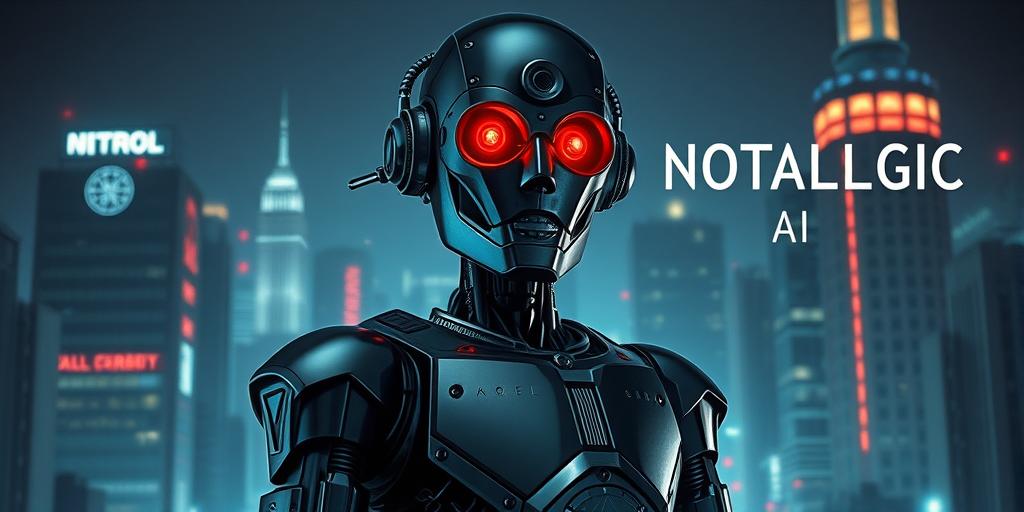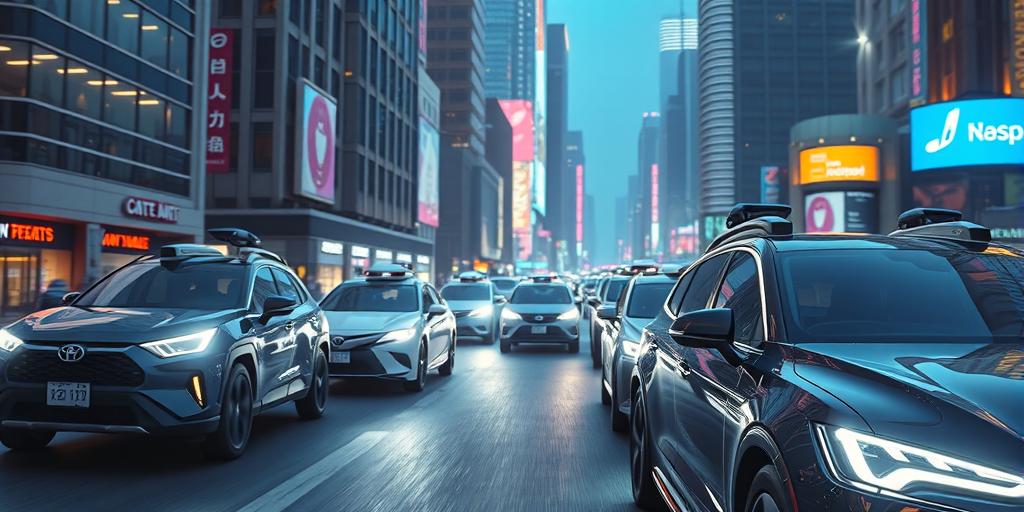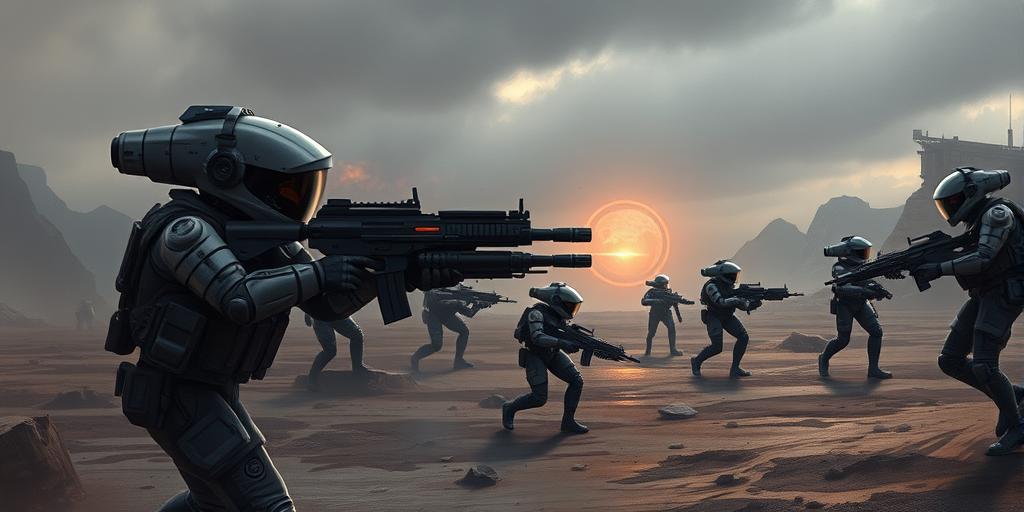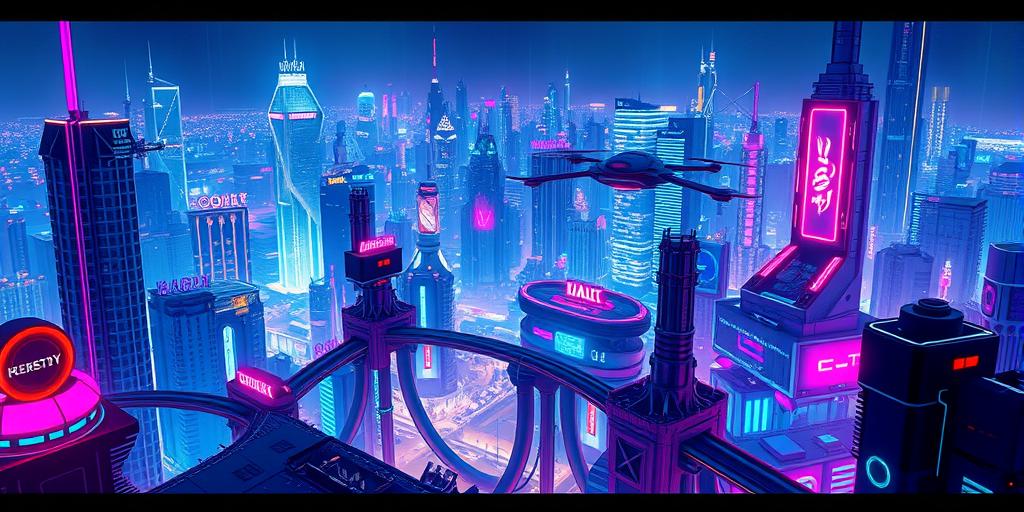The Nostalgic Charm of Early AI Films
Step back in time with us as we explore the captivating world of early AI films! From the charming robots of yesteryear to the groundbreaking special effects that paved the way for modern cinematic marvels, we’ll uncover the hidden gems and technological innovations that defined this era. Get ready for a nostalgic trip down memory lane filled with iconic moments and surprisingly prescient depictions of artificial intelligence in a way you’ve never seen before. Prepare to be amazed!
The Dawn of Artificial Intelligence on Screen
The earliest portrayals of AI in film often leaned into the uncanny valley, a concept that would later be explored in depth by roboticists and filmmakers. This early period, roughly spanning from the 1920s through the 1960s, saw AI represented primarily through mechanical beings and automatons— often portrayed as quirky, mischievous characters or sometimes menacing. Think of the iconic Maria in Fritz Lang’s Metropolis (1927), a breathtakingly beautiful robotic creation that holds a mirror to human society and its anxieties about technological advancements. This film’s vision, remarkably prescient, laid the groundwork for many later explorations of artificial intelligence and societal impact.
Mechanical Men and Calculating Minds
Early depictions of AI were often influenced by the mechanical and clockwork devices of the time. Robots were depicted as literal machines with gears and levers, functioning based on simple algorithms or predetermined commands. This approach highlights the early understanding of AI as a purely mechanical process, rather than the sophisticated artificial neural networks of today. These mechanical marvels often reflected the public’s fascination with the potential for automation and its implications for the future of work and society. Many of these films used such imagery not merely for technological spectacle, but as a metaphor for the dehumanizing aspects of industrialization and social control.
The Rise of the Sentient Machine
As technology advanced, so too did the cinematic portrayal of AI. The late 1960s and 70s saw the emergence of more sophisticated depictions of artificial intelligence in film. This period brought us some truly iconic films such as 2001: A Space Odyssey (1968), where HAL 9000, the sentient computer, became a symbol of both technological marvel and existential threat. HAL’s disturbingly realistic portrayal of artificial intelligence foreshadowed the anxieties surrounding the development of advanced AI, capable of independent thought and decision-making. This evolution from mere machines to complex systems capable of emotions and independent thought revolutionized how we perceive AI and its possibilities.
Exploring the Moral Implications
Films like Blade Runner (1982) and its sequel 2049 took a darker, more philosophical turn, exploring the ethical implications of creating artificial life, specifically the rights of replicants and their humanity. These films tackled themes such as empathy, free will, the nature of consciousness and moral responsibility, causing us to think more critically about the moral dilemmas presented by advanced technologies and the potential for self-aware machines. These sophisticated character explorations became central to the science fiction genre’s exploration of AI.
The Evolution of Special Effects and AI
The evolution of special effects has undeniably impacted how AI is depicted in film. Early AI characters were limited by the technology of their time. The groundbreaking use of stop-motion animation, animatronics, and early CGI allowed filmmakers to bring to life the complex designs needed for robots and androids. The transition from clunky mechanical automatons to smooth, lifelike androids was a significant leap in cinematic representation of artificial intelligence.
From Simple to Sophisticated
Modern computer-generated imagery (CGI) has made it possible to create incredibly realistic and nuanced AI characters. This technological revolution has opened up new avenues of storytelling, allowing filmmakers to explore the nuances of artificial intelligence in unprecedented detail. Today’s CGI can create photorealistic characters exhibiting complex emotions, pushing the boundaries of what is considered feasible in portraying artificial consciousness on screen.
The Legacy of Early AI Films
Early AI films, despite the technological limitations of their time, had a profound impact on the science fiction genre and popular culture. These films not only reflected the technological advancements of their respective eras but also shaped our collective imagination about the future of artificial intelligence. These early works laid the foundation for the more sophisticated and nuanced depictions of AI that we see in contemporary films. The enduring legacy of these early explorations is undeniable; they inspire and influence countless creative artists still today.
Shaping Perceptions of AI
The way AI is portrayed on film, even in early productions, has significantly influenced public perception and understanding of AI. It is crucial to examine the role these films have played in shaping public discourse around artificial intelligence, sparking conversations about both its benefits and its risks. By understanding this history, we can approach the future of AI with a more informed and nuanced perspective, moving beyond simplistic narratives toward a more comprehensive understanding of this transformative technology.
From simple mechanical creations to complex, self-aware entities, the cinematic journey of artificial intelligence is a fascinating reflection of our technological progress and societal anxieties. Dive into the world of early AI films and experience the nostalgic charm that continues to captivate audiences today. Explore the legacy of these films and how they have influenced our understanding and perceptions of AI today! Don’t miss out on this journey through cinematic history!













